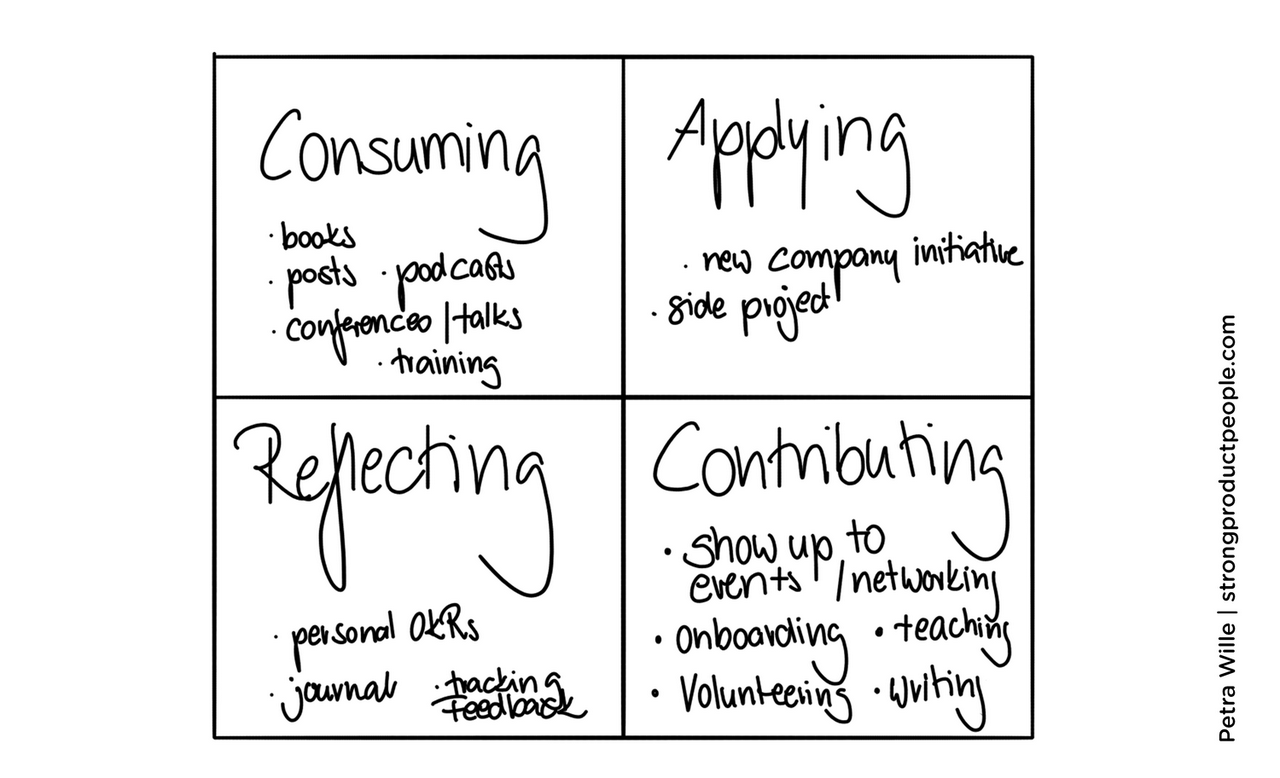Last month, I was made redundant by SmartBear. I'd been there since they acquired Cucumber Limited, where I was co-founder, in 2019. It took me a little by surprise and the process felt fast, but I didn't feel worried about it. That surprised me. I had concerns for my team – 'reorganisations' always cause upheaval for those that stay, as well as those that don't. I wasn't concerned for myself because I've been in similar situations before and they've consistently resulted in opportunities. In fact, I think of them as some of the significant events that have led to where I am today.
I've been lucky to have experience of working at a variety of organisations and with lots of different people. Each time I've learned new skills, new ways of doing things, and new things about myself. They've all been a valuable part of shaping my career, they've all come to an end, and they've all been followed by something new.
In 2008 Lehman Brothers collapsed sparking the Global Financial Crisis. My employers’ goal was to make sure no-one lost their job and they asked us all if we would be willing to reduce work a 4-days week and take a 20% pay cut. Everyone agreed, and it was hard on everyone. I found it terrifying. I had just bought a house and had a 1-year old baby. But it gave me a push to start looking for a new job. Something that would really help me grow as a software developer.
At another company I worked for, the business hit cash flow issues and the whole team were to be made redundant when the business closed. My UX design colleague and friend, Spencer Turner and I, took a leap and founded Heavies. We focused on helping people kick-off their projects. We'd help our clients to do research and ideation, and help them build the initial prototypes or MVPs. It was an exciting time and we learned a lot together about running a business, product development, and working with clients.
Taking opportunities to spend time working in Open Source on Cucumber Ruby led to me working on the second edition of the Cucumber Book with Matt Wynne and Aslak Hellesøy, and eventually led to me joining Cucumber Limited as a co-founder. I learned lots about the financial management of a business, launching a product, marketing and selling services and products, and selling a business.
When we were acquired by SmartBear, I took the chance to develop my product management skills. I'd been heavily involved in shaping our SaaS product 'Jam' and I wanted to keep working with customers and users directly. In my three years at SmartBear I've worked with a wide range of people. I've had the chance to see acquisitions from both sides of the table. I've worked with cross-functional teams to develop and deliver new products. As a Director of Product, I had the chance to manage, coach, and mentor other product managers. I've led cross-functional teams of product managers, UX designers, developers, and marketers. I've had the opportunity to be involved in some key strategic projects.
I'm sad to be leaving the people at SmartBear. I had a great team and we were working on some interesting problems. But, I'm excited about the future. There's a new opportunity just around the corner.
If you're looking for someone to lead your product or software engineering team, or if you know of any opportunities that you think would be a good fit for me, I'd love to hear from you. I'm always excited to explore new possibilities and see how I can make a positive impact. So please don't hesitate to reach out to me via steve@took.es or LinkedIn. Thank you!
Discuss...
